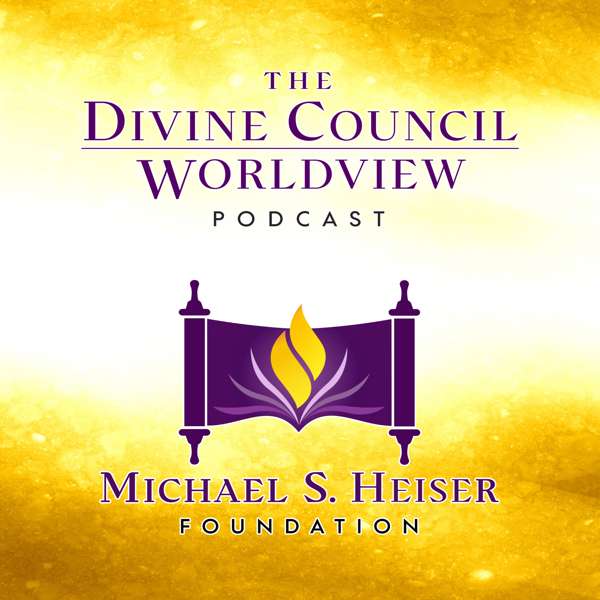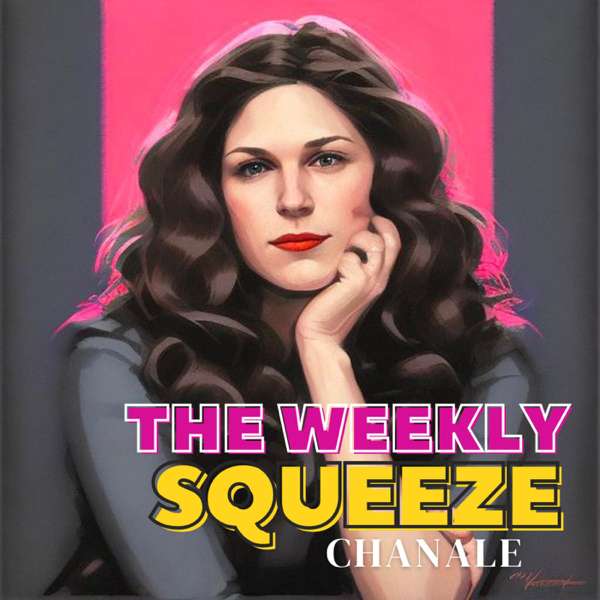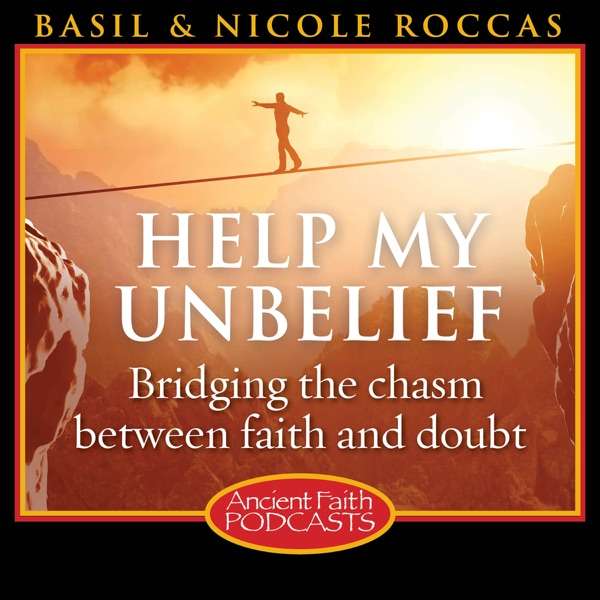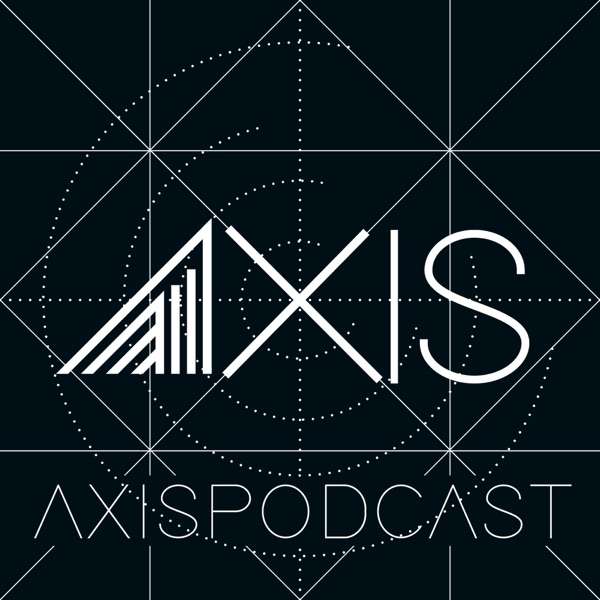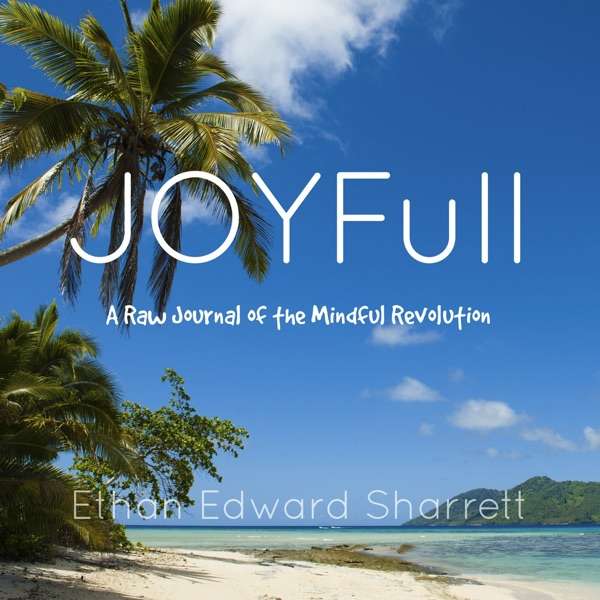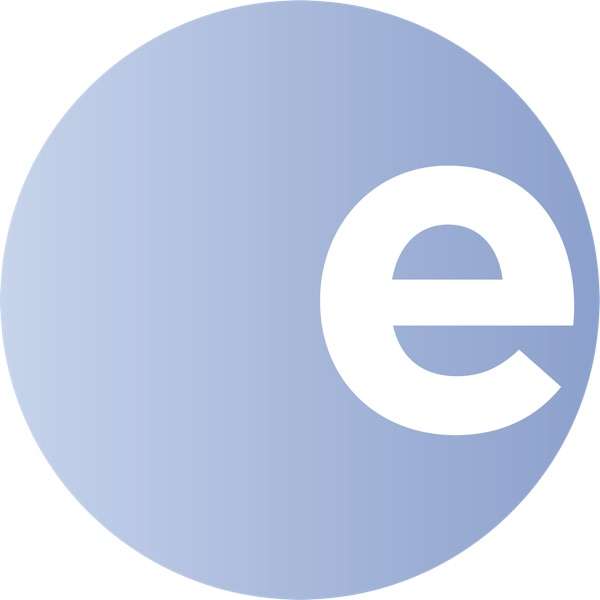This week we chat to novelist and Fortean researcher, Michael M. Hughes, about one of my absolute favourite subjects -the tarot. We also chat about a few other favourite topics, too -including UFO encounters and quality weird fiction.
It's a splendid, splendid chat.
Show Notes
This week's guest has been gracious enough to share some suggestions and pointers for the listeners, which you can find below:
The Way of Tarot: The Spiritual Teacher in the Cards by Alejandro Jodorowsky
One of the best books about Tarot ever written. Deep, philosophical, yet incredibly practical teachings from a true visionary. Jodo's "rebuilt" deck that he produced with Phillipe Camoin includes details that are iffy (the Papesse's "egg" being a prime example), but those are minor points in an otherwise essential text. Jodo's numerology system is brilliant and the one I use for working with the minor arcana. Favorite quote: "To comprehend the Arcana, we have to enter inside them stripped of words. Better, we should allow ourselves to be possessed by them."
Meditations on the Tarot
by Anonymous (Valentin Tomberg)
A profoundly spiritual work that uses the Tarot as introduction to esoteric Christian Hermeticism filtered via an unorthodox Roman Catholic lens. Definitely not for everyone, but if the description piques your interest, pick it up—its insights are revelatory. There is an intriguing photo that shows this book on Pope John Paul II's desk. http://corjesusacratissimum.org/2013/12/meditations-on-the-tarot-and-the-vatican/
The Inner Guide Meditation: A Spiritual Technology for the 21st Century by Edwin C. Steinbrecher A carefully constructed program to contact and work with one's inner guide (HGA, daemon, genius) via the tarot archetypes, Jungian active imagination, and astrology. Israel Regardie called this book "One of the most significant contributions to occult history in modern times" and he was not exaggerating. This is true tarot magic, and, if you follow the program, the results may astound you.
Tarot—The Open Reading
by Yoav-Ben Dov
Another must-have if you decide to explore the Tarot de Marseille, it is especially useful for free-form spreads and readings "outside the box" with any deck. Ben Dov's "open reading" style, an elaboration of methods he learned while studying with Jodorowsky, is very similar to the process I teach.
The Magical World of the Tarot: Fourfold Mirror of the Universe
by Gareth Knight
All of Knight's books on the tarot are worth reading, but this is my favorite. It teaches you to approach the cards as spiritual beings through meditations and visualizations. If your interests lie in the magical use of Tarot and using the cards as a spiritual practice, grab everything Gareth Knight writes.
Tarot Magic: The Treasure House of Images (Second Edition)
by Gareth Knight
Another superb book by Knight. It complements The Magical World of Tarot and elaborate on his Fourfold Structure of the major arcana that is well worth studying in depth. The book also includes pathworkings as well as a number of rituals.
Recommended Decks
CBD Tarot de Marseille
This is a high quality reproduction of the traditional Tarot de Marseille published by Nicholas Conver in 1760, with the expressions on the faces of the characters somewhat softened. The creator and artist is Yoav Ben-Dov, who wrote an excellent book on reading the TdM, Tarot – The Open Reading. Ben-Dov has also released the images of the cards under a Creative Commons license for personal use. It's a great first TdM.
TdMs from Tarot of Marseilles Heritage
Yves Reynaud and Wilfried Houdin are master card designers who produce stunning facsimiles of historical decks that contain all the ink smudges, color mismatches, and paper imperfections of the originals. The decks include TdMs by Pierre Madenie (1709), François Chosson (1736), François Heri (1718), and Claude Burdel (1751). You can't go wrong with any of them, and it feels like you are holding a historic relic in your hands. They come in a solid, telescoping box with a reproduction of the original packing sheet and are printed on very sturdy stock.
Tarot de Marseille de Jean Noblet
The oldest known Marseille tarot (c. 1650), restored and reproduced by Jean-Claude Flornoy, and one of my favorites. It is weirdly phallocentric, with the Fool's fully exposed genitalia about to be shredded by the dog/cat/lynx and the Magician's forefinger transformed into a penis. The cards are sturdy but smaller than average and easy to shuffle. This deck has a unique, iconoclastic charm and remains a favorite among many TdM loyalists.
Ancient Italian Tarot (also known as Soprafino)
A traditional Marseille design embellished in the 19th century with luxurious, richly detailed art. Hands-down one of the most beautiful tarots ever, with my favorite Star card of any deck. It has a warm, inviting feel and is one of my go-to decks for professional readings as well as personal use. Il Meneghello has a typically well-produced Soprafino that is essentially the same as the Lo Scarabeo version but on heavier stock and fancier packaging.
Minchiate Florentine Not a traditional tarot, as it has 97 cards, with 41 major arcana cards instead of the usual 22. This facsimile deck from 19th century Florence has special relevance for magicians as it contains cards for each of the four elements and signs of the zodiac, which I find much more useful than the shoehorned Golden Dawn and Thelemic astrological correspondences. The gorgeous, limited printing of 1500 is available from Il Meneghello, and comes in a handcrafted box with a wax seal.
http://www.arnellart.com/osvaldo/taro-no-minchiate-fl.htm
Mantegna Tarot
A fifty-card deck from the middle of the 15th century, based upon a series of engraved prints by an unknown Italian artist. This deck is essentially a treatise on late Medieval/early Renaissance society and spirituality, and is decidedly Neoplatonic, with the nine muses and Apollo, seven traditional planets, fixed stars, the Primum Mobile, and Prima Causa. Another non-traditional deck, like the Minchiate, that can be put to specific magical purposes, especially for those working with Hermetic and Neoplatonic systems. The Lo Scarabeo edition is embossed with silver foil and looks truly magical in candlelight.
The Alchemical Tarot: Renewed 4th Edition
One of the only modern decks I use with my clients. Robert M. Place is a tarot scholar and artist, and this deck is based in the alchemical tradition, with art drawn from historical manuscripts and integrated into the traditional tarot (with some similarities, especially among the minors, with the Rider-Waite-Smith, making it an easy transition deck for RWS aficionados). Place's artistic style is appropriately ancient, and this deck feels and performs like an object out of time. This is a deck you can read with right of the box, and if you're drawn to alchemy, it's a must-have.
Sola-Busca Tarot
The Sola-Busca is the oldest complete tarot, and the first to use scenic art on the pip (minor) cards. The imagery is grotesque and oddly modern, at times resembling the work of the surrealists and H. R. Giger. It is a symbolically elusive deck and I have yet to crack its mysteries, but with the upcoming book by Scarlet Imprint, there is sure to be renewed interest in its enigmatic (and allegedly alchemical) imagery. The only available deck I am aware of is the lovely (but pricey) limited edition version printed by Wolfgang Mayer in 1998 and distributed by Giordano Berti. https://solabuscatarot1998mayer.wordpress.com

 Our TOPPODCAST Picks
Our TOPPODCAST Picks  Stay Connected
Stay Connected


